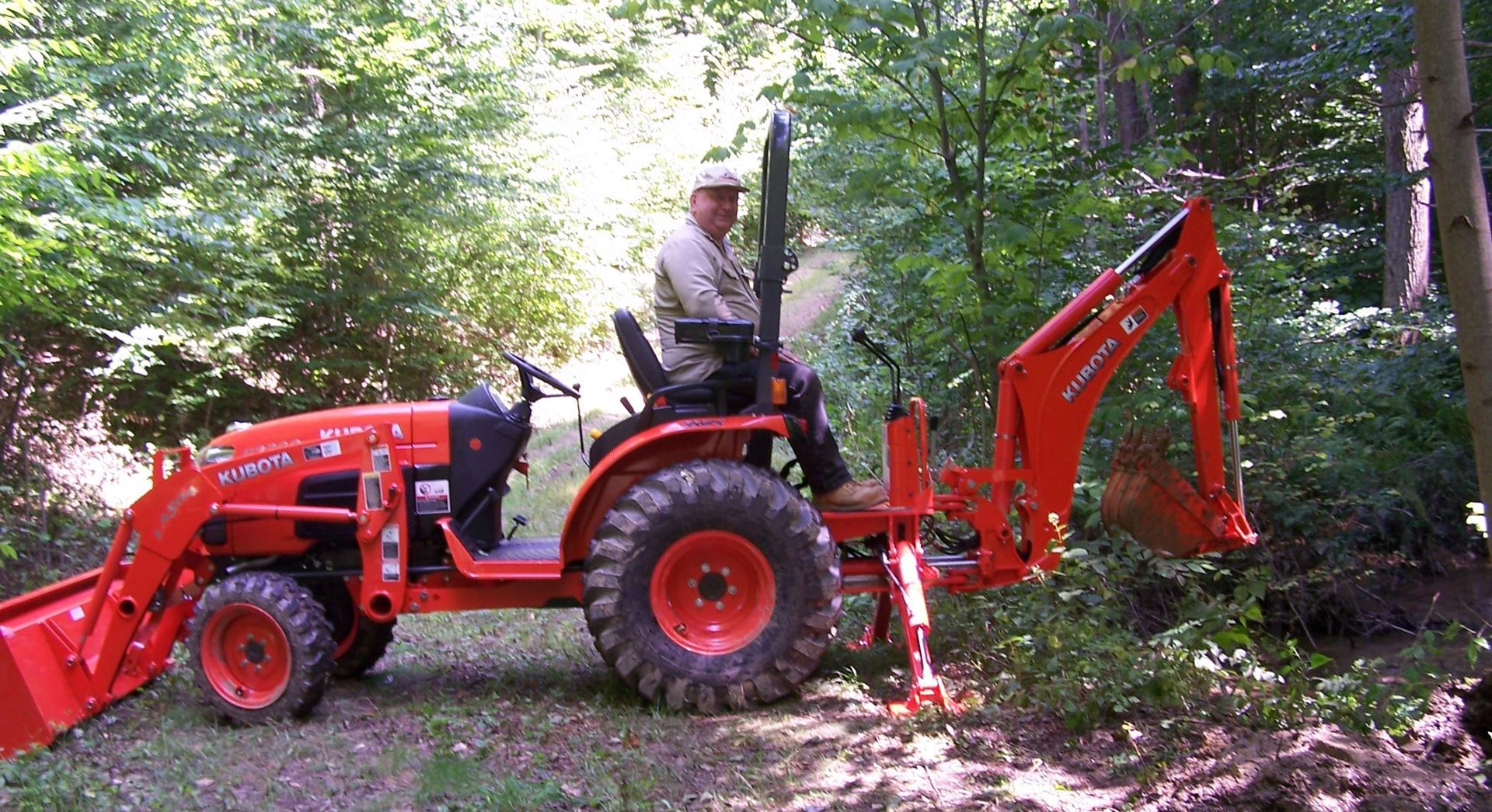 Brian Sekula, P.E., P.L.S., M.ASCE was celebrated at the 2015 ASCE Pittsburgh Kick-off Dinner for his commitment to civil engineering. At the Kick-off Dinner, Brian received his life membership recognition.
Brian Sekula, P.E., P.L.S., M.ASCE was celebrated at the 2015 ASCE Pittsburgh Kick-off Dinner for his commitment to civil engineering. At the Kick-off Dinner, Brian received his life membership recognition.
Mr. Sekula earned his Bachelor of Science degree in Civil Engineering from Drexel University in 1973. During his cooperative education periods, he worked with a construction company and several consulting engineering firms. In 1980, he then went on to obtain a Master of Science in Civil Engineering with an emphasis in Geotechnical Engineering at The Pennsylvania State University in 1980. While at Penn State, he was able to include in his course work classes in Airport Engineering, Solid Waste, Hydrogeology, and Agronomy soil classes. He went on later in his career to obtain a Master of Business Administration from Clarion University in 1996.
 His professional career began in 1974 as a project engineer with Lee-Simpson Associates, Inc. a consulting engineer in DuBois, Pennsylvania where he worked on sanitary engineering projects, geotechnical projects, and airport projects. During his tenure at Lee-Simpson, he obtained his license as a Professional Land Surveyor and Professional Engineer, and also obtained his Pennsylvania Operator’s Licenses for a Water System and Sewage Treatment Plants.
His professional career began in 1974 as a project engineer with Lee-Simpson Associates, Inc. a consulting engineer in DuBois, Pennsylvania where he worked on sanitary engineering projects, geotechnical projects, and airport projects. During his tenure at Lee-Simpson, he obtained his license as a Professional Land Surveyor and Professional Engineer, and also obtained his Pennsylvania Operator’s Licenses for a Water System and Sewage Treatment Plants.
His next position was as Energy Coordinator at North American Refractories Company (NARCO) in Curwensville, Pennsylvania, where he identified and designed energy saving projects that dealt with natural gas, oil, propane, or electric. Following NARCO, he worked for 8 years in the bituminous coal industry preparing surface mine permit applications. After the mining position, he returned to consulting engineering in the sanitary/municipal field with deep involvement with sewage and water treatment plants, water distribution systems, and sewage collection systems.
His current position is with The EADS Group, Inc. as a Principal, Vice-President, and Office Manager. He also oversees the Sanitary/Municipal, surveying, and environmental departments, and is very involved with oversight of design reviews, mentoring of younger engineers, and assisting with project management and client coordination. He still works with mining permitting, environmental permitting, geotechnical engineering, and provides technical assistance and mentoring to the surveying department.
Mr. Sekula’s is active in the community, including being a board member and Secretary of the Clarion County Economic Development Corporation, a member of the Clearfield County Planning Commission, Treasurer of the Union Township Fire Company, a member of the City of DuBois Watershed Committee, and a volunteer at St. Catherine Church in DuBois. He was also the past Chairman of the DuBois Red Cross Board of Directors, past Treasurer of the DuBois Area Jaycees, and former member of Parish Council of St. Catherine Church.
Mr. Sekula took the time to answer a few questions on the occasion of his life membership recognition.
What are some of the most exciting projects you’ve worked on?
I worked as an expert witness for the defendant in a professional liability case. The case revolved around the design of a mine drainage treatment system and whether it met the standard of practice. In that case, I used my civil engineering and mining experience, chemistry, knowledge of water treatment systems, and experience as a water system operator. It was challenging and fun. The defendant won the case which was upheld upon appeal.
I performed a sewage plant re-rating for a DEP Water Quality Management permit which included an Engineer’s Report, plans, permit modules, and specifications. Upon DEP completing the technical review and issuing a revised permit, the plant received a re-rated hydraulic capacity of 2.4 MGD without any capital investment required. The initial hydraulic capacity of the plant was 1.6 MGD.
How has ASCE impacted your career?
I recall early on where ASCE promoted civil engineering as a “People Serving Profession”. That concept was interesting and somewhat a puzzle. After having worked in the field for now over 40 years, I believe I understand it. We design and see projects built that impact people all of the time. Whether it is a highway, bridge, water system, building, airport, or sewage system they all impact the general population. In our business pursuits, we interact with people I believe a good bit more that many of the other engineering disciplines. To get our projects done, we need to work with Councils, Supervisors, Authority members, and the general populace. The design part is relatively easy compared to the personal interaction we need to do.
